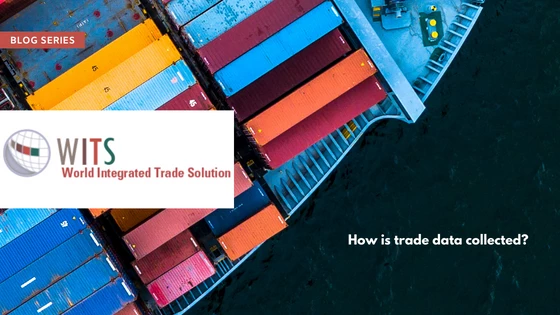With support from the World Bank Group, Singapore invested heavily in infrastructure during the early stages of our growth. This included 14 World Bank loans between 1963 and 1975, which financed the development of the deep sea terminal at the Port of Singapore, the doubling of the country’s energy capacity, and the construction of water pipelines to Malaysia—all of which remain a part of our core infrastructure today.
Enterprise Singapore and the Monetary Authority of Singapore launched IA this October to facilitate regional infrastructure collaboration. The new set-up aims to increase the number of projects that are bankable and investible. IA will serve as a bridge, connecting different industry players across the infrastructure ecosystem, multilateral development banks (MDBs) and the public sector.
Through the exchange of information and sharing of best practices, we hope to see more infrastructure projects successfully developed in the region. As co-chair of the GIF council, I’m very pleased that this organization is largely complementary to GIF’s objectives.
The GIF prides itself in bridging the global infrastructure gap by structuring viable infrastructure projects for private financing. As of October 2018, it has approved 45 projects with $41.3 million in funding. Of these, two have reached commercial close.
Collectively, these funds are expected to unlock a further $39.8 billion in total investment, of which $24.2 billion is expected to come from private sector investments. These accomplishments, achieved within a short span of three years since GIF’s establishment in 2015, demonstrate the deep technical expertise and commitment of the professionals in the management unit.
Beyond quantitative achievements, I see two key differentiating factors in the GIF, compared to other project preparation facilities. This first is its ability to aggregate the efforts of various MDBs. The GIF’s collaboration platform, which pools the expertise, knowledge, and networks among various MDBs, allows technical partners to play a fundamental role in identifying projects, executing resources, and providing guidance.
The second is the participation of the advisory partners, most of whom are from the private sector. This enables the GIF to stay in close dialogue with the private sector and engage early in project discussions—ensuring that projects developed and prepared will eventually have a positive response from the investor community.
Having worked closely with the GIF for the past three years, I would like to share three key takeaways:
- Collaboration is vital
- We need innovative approaches to deploy capital more efficiently
- Promoting sustainability is critical to ensure the resiliency of infrastructure projects We believe that sustainability goes beyond developing infrastructure projects that can mitigate the effects of climate change. It is about projects that are resilient to the effects of climate change not only now, but in the future. This could take the form of incorporating disaster risk measures into infrastructure projects, especially in land-locked countries and island states that tend to be more vulnerable. In this aspect, Singapore is very supportive of the GIF’s thematic focus on climate smart projects. I believe the GIF will continue to play an increasingly impactful role as it moves towards implementing a climate lens across all its activities.
I’m happy to have been part of the GIF’s journey and participated in its progress. What it has achieved to date is commendable and has validated Singapore’s partnership with the GIF. We look forward to our continued collaboration to effectively mobilize private sector capital for infrastructure projects, especially in Asia.
Disclaimer: The content of this blog does not necessarily reflect the views of the World Bank Group, its Board of Executive Directors, staff or the governments it represents. The World Bank Group does not guarantee the accuracy of the data, findings, or analysis in this post.
Related Posts
Muskets, PPPs, and standardization
The GIF: Having what it takes to develop infrastructure
How the GIF helps governments build successful infrastructure projects
The Global Infrastructure Facility: fulfilling its mission



Join the Conversation